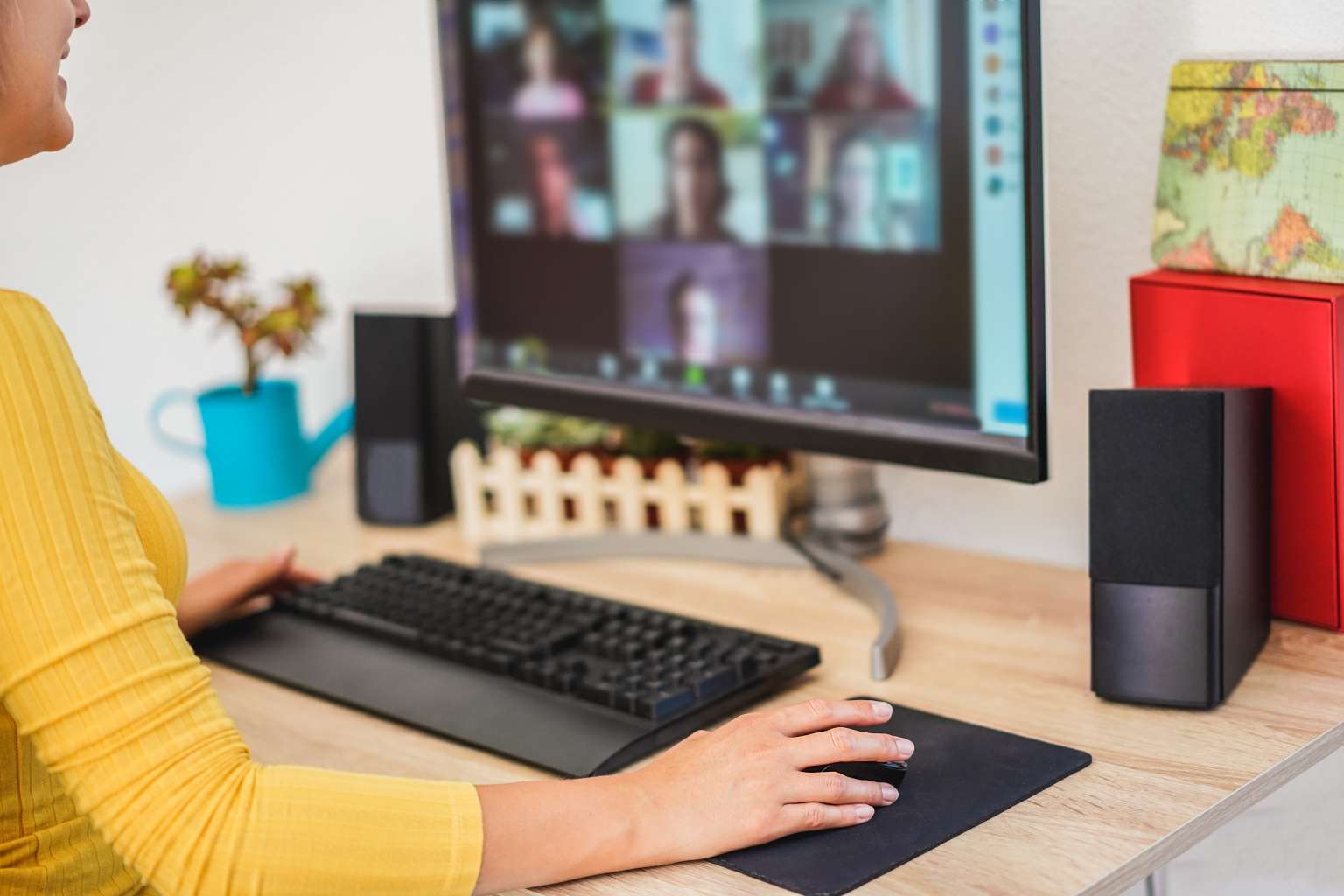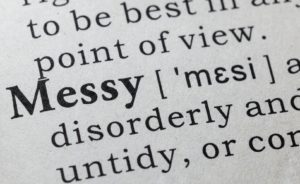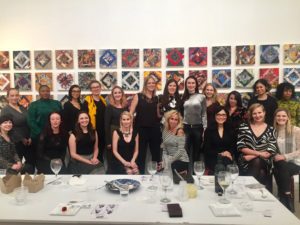We are one month in facing the realities of this global pandemic across our country and the swift changes it has wrought on all of our lives. Even as we’ve been beset with worries and concerns, and scrambled with social distancing, limited supplies, virtual teams, home schooling and elder care, we’ve begun to see a growing number of people turn outward to help. Nurses from all over New York state are selflessly heading to New York City to add their skills to the tired healthcare workers there. Volunteers across this country are sewing masks for frontline responders. Food banks are overrun by offers of food and volunteers. Neighbors are organizing grocery runs for senior citizens.
Women are often more likely to turn outward. Many of the examples above have a higher percentage of women volunteering. This natural “outward” move for women comes from the well-documented research that women have a higher degree of empathy and altruism. We hold complexity in all parts of our lives. In any one moment, we attend to our families and loved ones, confer with and provide support to our friends and social networks, and pay attention to needs in our community and organizations we care about. We want to make an impact directly on beneficiaries that need our help. This is not all women all the time, and of course men care about impact as well. And yet, the higher degree of empathy and altruism in women moves us outward more quickly with the almost unconscious instinct to help.
Women hold complexity in a disaster as well – take care of loved ones and join with others to help if possible. Across our history, women have risen up collectively to solve challenges and help in a crisis. I have no doubt that in 2022 we will reflect back on this unsettled time and share the many significant stories of women’s leadership, engagement and philanthropy during this pandemic.
If we know that women collectively provide support during challenges, it is a natural inclination to want to reach out to our women stakeholders and activate them now. The unexpected challenges are great, and we need women at the table more than ever. I urge you to take a breath and pause just for a moment. A colleague, Sallie-Grace Tate at UC Davis, recently coined a phrase: “There is power and purpose in the pause”. We want to engage women powerfully and purposefully for the greater good that is needed. And we can’t do that if we don’t meet them first where they are. After dozens of conversations with leaders of women’s philanthropy programs, colleagues and women donors, I’m noticing a pacing to consider in your outreach and coordination.
Step One: Care and Connect
Just as donors partner with us, this is the time to be a partner with them. Reach out, ask them how they are, and just listen. Connect with them without any assumptions or expectations, only because you care. We can’t really know how they are, what they are facing and what they are paying attention to (including how your organization is doing) if we don’t deeply listen. It will be through listening that you will know what next action to take with her, if any.
Step Two: Care and Convene
Many of my colleagues have told me that they are convening groups of women – their women’s philanthropy leadership groups, advisors, and key volunteers. The women are so appreciative to see each other virtually and share their personal stories. There is comfort in connecting with peers, and knowing that you are not in this upside-down world alone. Some of the convenings were only to have them share, others had a light agenda of sharing plus a speaker on a short wellness topic or something of collective interest that helps at this time.
Step Three: Provide Information on How to Help
From your deep listening, and the convening, you will know when it is right to provide, very specifically, the needs of your organization at this moment. This might be done individually, or to a collective. Right now, I’m seeing that the most immediate needs (student or community emergency funds are the most prominent) are being shared with all donors.
Step Four: When it Makes Sense, Active the Collective
Once you understand if your collective of women is ready to help, and you have specific needs clearly articulated, you might then convene the group to see if and how they want to set their own goal to help achieve the need(s). You will know from deep listening along the way if activating the collective now makes the most sense, or if you want to consider their collective support later. The pandemic will create for us, unfortunately, short, mid and long-term needs. We are all in this together for the long haul. By keeping your women donors close, you will know how and when to activate them and for what powerful purpose.
These steps aren’t absolutely linear – you will be following any one donor’s pacing, and the collective pacing. Some donors won’t move beyond step one for some time. Others will want to jump to step four – they can see the needs and have ideas of how to help NOW. It may also take some time for the collective to turn outwards and agree on a common impact. I’m talking a few weeks, not months. People are all moving more quickly than ever before to help in this crisis, yet we still need to start by meeting them where they are. If you connect with them as individuals, and pause to provide deep listening and an authentic, relational approach, you will more likely bring forward the right purpose and power that a collective of women can bring to tackle the unexpected challenges you now face.
This blog is based on my real-time observations. What are you noticing? What would you add to this piece? Please share your thoughts or any questions with me directly.






